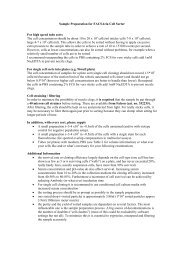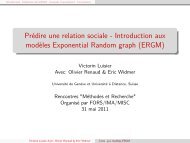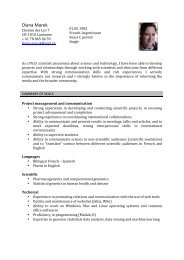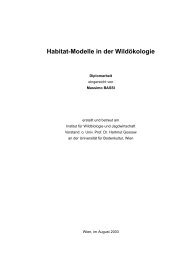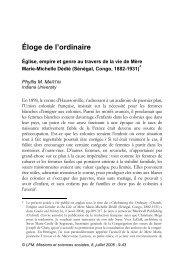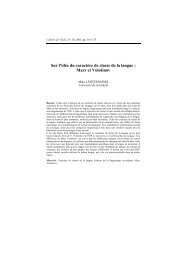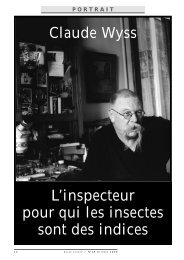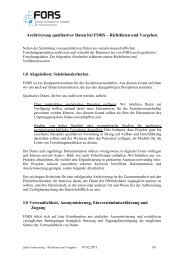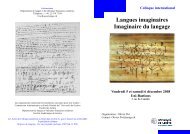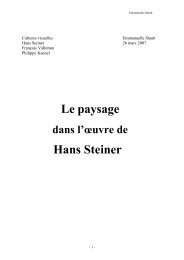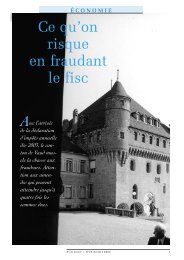conference programme book - European Survey Research ...
conference programme book - European Survey Research ...
conference programme book - European Survey Research ...
You also want an ePaper? Increase the reach of your titles
YUMPU automatically turns print PDFs into web optimized ePapers that Google loves.
WEDNESDAY 20 JULY 81There is a growing awareness on the part of researchers of the importance of language in the chain of data producon,including the need for standardised orally-administered quesonnaires that are fully comprehensiblefor linguisc minories...2.17 Specific sub-groups of non-respondents: who are they and how can we enhancetheir parcipaon ITo be held on July 20, 2011 from: 11:00 to 12:30, in room 413.Coordinated by:• Alexandre Pollien - FORS - Swiss Foundaon for <strong>Research</strong> in Social Sciences, Switzerland• Michèle Ernst Stähli - FORS - Swiss Foundaon for <strong>Research</strong> in Social Sciences, Switzerland2.17.1 Nonresponse Bias in the <strong>Survey</strong> of Youth Percepon of Science and Technology in BogotaE. Bueno Castellanos 11 Colombian Observatory of Science and Technology, ColombiaThe Colombian Observatory of Science and Technology -OCyT- developed, in 2009, a survey about the percep-on of Science and Technology in students of the last two years of high school in Bogotá, Colombia. The surveysampling design was strafied according to the nature of school (official or private). During the data colleconstage, two main sources of nonresponse were detected. The first one, as a consequence of the importantdifference in the response probability according to the nature of school: the survey was implemented in 15out of the 16 official schools included in the original sample (94%), while only 13 out of 31 private schools(42%) allowed to collect informaon. The second source corresponds to students who belong to schools inwhich access was allowed, but did not assist during the days when survey was applied. Esmates, inially,were obtained modifying the original sample sizes by those observed...2.17.2 Do non-parcipants answer similarly as survey-parcipants? - An example of AES-quality-surveyK. Pohjanpää 11 Stascs Finland, FinlandThe quality of Finnish EU-AES 2006 (Adult Educaon <strong>Survey</strong>) was analysed by making a new contact aer oneyear with those not answered. The sample of AES-quality-survey 2007 was 1 072. The aim of study was to testif the non-parcipants answer survey quesons similarly as parcipants a year earlier. There were tree alternavesto parcipate in the survey at 2007. Namely, the new data was collected by making a personal interview(like AES), or a shorter interview by telephone. If the respondent refused both of the above-menonedchoices he was asked some quesons of survey-parcipang. The response rate of AES-quality-survey was59% (AES 65%). Most of sample persons chose a telephone interview (n=403, 38%), whereas more then everytenth took part to the longer interview (n=138, 13%). 70 persons (7%) answered only the quesons ofsurvey-parcipang...2.17.3 Factors affecng parcipaon in The Irish Longitudinal Study of AgeingG. Savva 1 , I. Clifford 1 , M. Hanly 1 , B. Whelan 11 Trinity College Dublin, IrelandMany factors affect willingness to parcipate in surveys. Here we describe the effect of socio-economic factorson parcipaon in The Irish Longitudinal Study of Ageing (TILDA), the results of a pilot experiment to determinethe effect of varying financial incenves on parcipaon, and the use of an increased incenve amongsubgroups of the populaon in which inial parcipaon was lowest.



